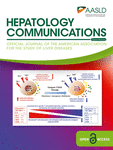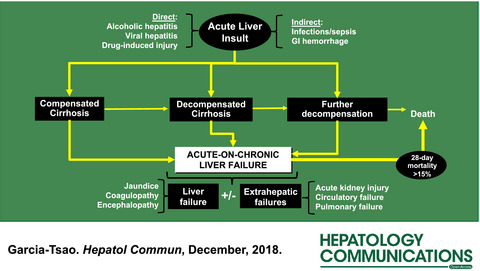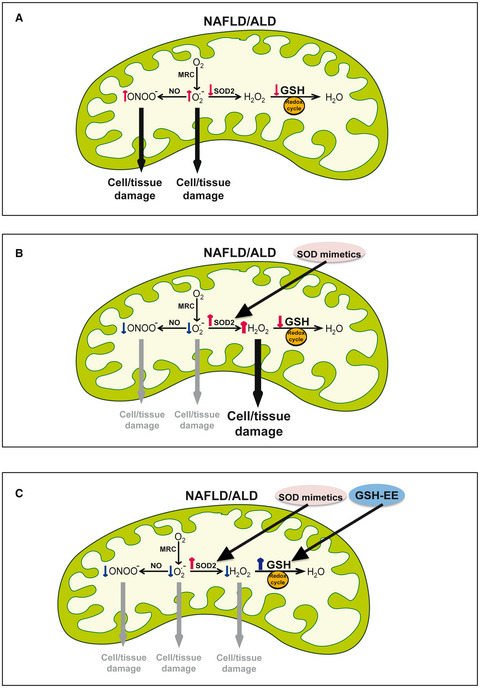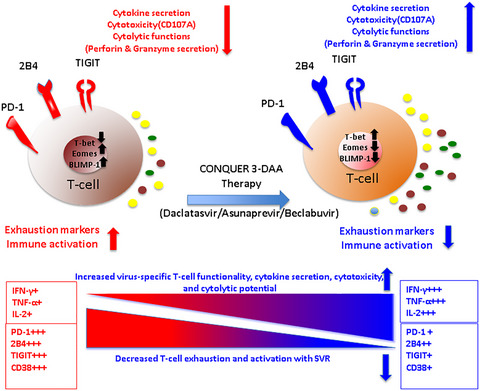Journal list menu
Export Citations
Download PDFs
Issue Information
Letter to the Editor
Mentoring and Supervision in Academia: Establishing Distinctions to Manage Expectations
- Pages: 1419-1420
- First Published: 10 December 2018
This is a Letter to the Editor regarding the article entitled “Great Expectations: Principal Investigator and Trainee Perspectives on Hiring, Supervision and Mentoring” by Kaps et al.
Reviews
Acute-on-Chronic Liver Failure: An Old Entity in Search of Clarity
- Pages: 1421-1424
- First Published: 10 December 2018
Mitochondrial Oxidative Stress and Antioxidants Balance in Fatty Liver Disease
- Pages: 1425-1439
- First Published: 30 October 2018
Brief Reports
Frequency, Risk Factors, and Outcome of Gallbladder Polyps in Patients With Primary Sclerosing Cholangitis: A Case-Control Study
- Pages: 1440-1445
- First Published: 13 November 2018
Sofosbuvir, Velpatasvir, and Voxilaprevir for Treatment of Recurrent Hepatitis C Virus Infection After Liver Transplantation
- Pages: 1446-1450
- First Published: 14 November 2018
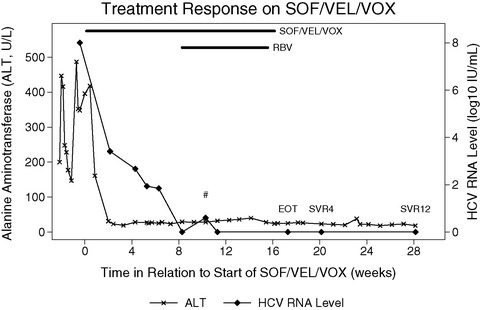
This brief report details the experience of a post-liver transplant patient with recurrent hepatitis C genotype 3 infection. The patient was successfully treated with sofosbuvir, velpatasvir, and voxilaprevir without drug-drug interactions involving tacrolimus. This treatment combination can be considered for treatment of recurrent hepatitis C infection after transplantation.
Original Articles
Multitarget Direct-Acting Antiviral Therapy Is Associated With Superior Immunologic Recovery in Patients Coinfected With Human Immunodeficiency Virus and Hepatitis C Virus
- Pages: 1451-1466
- First Published: 27 September 2018
A Pathophysiologic Approach Combining Genetics and Insulin Resistance to Predict the Severity of Nonalcoholic Fatty Liver Disease
- Pages: 1467-1478
- First Published: 01 November 2018
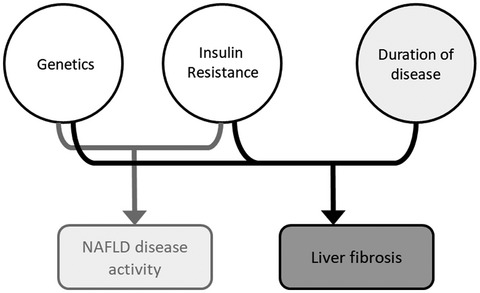
Studies in the past two decades demonstrated that genetics and insulin resistance are two major drivers of nonalcoholic fatty liver diseases (NAFLD). This study tested the feasibility of using a novel measurement of insulin resistance and a genetic score to predict NAFLD disease severity. This pathogenesis-based strategy has many advantages over the conventional liver-centric approach for risk stratification in the management of NAFLD.
Inhibition of Plasminogen Activator Inhibitor 1 Attenuates Hepatic Steatosis but Does Not Prevent Progressive Nonalcoholic Steatohepatitis in Mice
- Pages: 1479-1492
- First Published: 26 September 2018
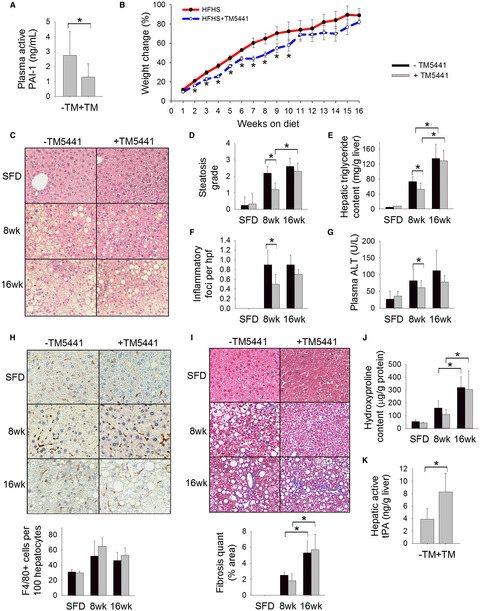
Plasminogen activator inhibitor-1 (PAI-1) is a pro-fibrotic protein that is increasingly implicated in the pathogenesis of nonalcoholic steatohepatitis (NASH). We determined the effect of genetic deletion and pharmacologic inhibition of PAI-1 on the development of NASH-related fibrosis in mice. We find that PAI-1 regulates hepatic lipid accumulation but does not promote the inflammatory or fibrotic responses that characterize NASH progression.
Perinatal Nutritional Reprogramming of the Epigenome Promotes Subsequent Development of Nonalcoholic Steatohepatitis
- Pages: 1493-1512
- First Published: 01 October 2018
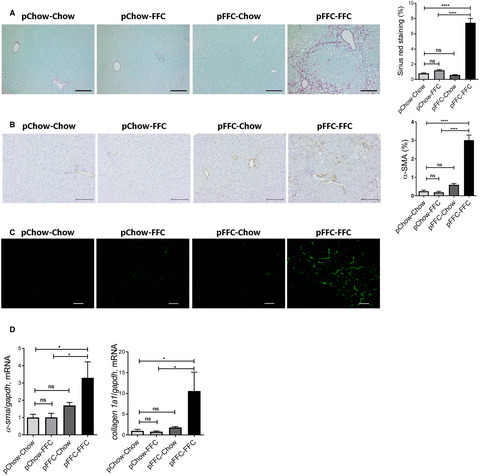
Perinatal exposure to high fat, fructose, and cholesterol (FFC) in mice primes the fetal liver to fibrosing NASH, likely secondary to nutritional reprograming of the liver methylome. This association is further confirmed, upon re-exposure to the FFC diet in adulthood, where mice develop an accentuated, rapidly progressive NASH phenotype.
Obeticholic Acid Modulates Serum Metabolites and Gene Signatures Characteristic of Human NASH and Attenuates Inflammation and Fibrosis Progression in Ldlr-/-.Leiden Mice
- Pages: 1513-1532
- First Published: 29 October 2018
Gene signatures and metabolites that are characteristic for NASH patients are reflected in Ldlr-/-.Leiden mice, a diet-induced model of NASH and fibrosis that recapitulates many histological, phenotypical and metabolic features of NASH patients. Treatment with OCA reduced progression of fibrosis in this model and in parallel modulated the human-NASH-based gene signatures and metabolites.
Diet-Induced Dysbiosis and Genetic Background Synergize With Cystic Fibrosis Transmembrane Conductance Regulator Deficiency to Promote Cholangiopathy in Mice
- Pages: 1533-1549
- First Published: 10 October 2018
Calnexin Depletion by Endoplasmic Reticulum Stress During Cholestasis Inhibits the Na+-Taurocholate Cotransporting Polypeptide
- Pages: 1550-1566
- First Published: 23 October 2018

ER-stress induction strongly reduces NTCP protein expression, plasma membrane abundance and NTCP-mediated bile acid uptake. This is not controlled via a single UPR-pathway but mainly depends on the interaction of NTCP with calnexin, an ER chaperone. In mice, expression of both Ntcp and calnexin is reduced by thapsigargin or cholestasis-induced ER-stress. Calnexin downregulation in vitro recapitulates the effect of ER-stress on NTCP. In concluion, ER stress-induced downregulation of calnexin provides an additional mechanism to dampen NTCP-mediated bile acid uptake and protect hepatocytes against bile acid overload during cholestasis.
Role of Farnesoid X Receptor and Bile Acids in Hepatic Tumor Development
- Pages: 1567-1582
- First Published: 01 October 2018
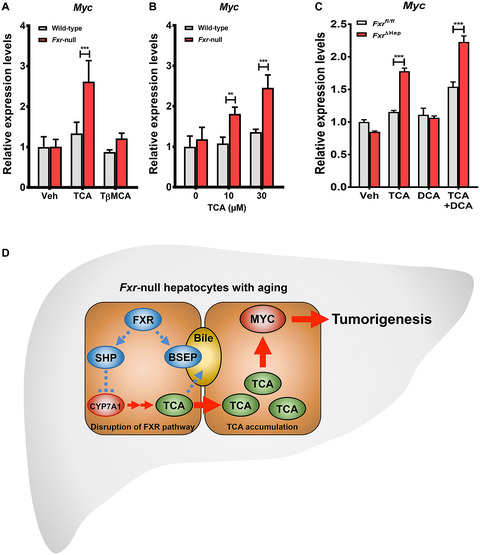
A combination of FXR disruption in liver and intestine results in elevated taurocholic acid TCA) and Myc induction, resulting in age-dependent hepatocarcinogenesis in farnesoid X receptor deficient mice. This study reveals relatively a low incidence of hepatic tumors by FXR deficiency in either hepatocytes or enterocytes alone, likely due to the lack of increased TCA. These findings provide novel insights into the tight association between disruption of BA metabolism, FXR signaling, Myc overexpression, and hepatic tumorigenesis.
Prohibitin 1 Acts As a Negative Regulator of Wingless/Integrated-Beta-Catenin Signaling in Murine Liver and Human Liver Cancer Cells
- Pages: 1583-1600
- First Published: 27 September 2018
Use of Antiplatelet Agents Is Inversely Associated With Liver Fibrosis in Patients With Cardiovascular Disease
- Pages: 1601-1609
- First Published: 05 October 2018
Regulatory T Cells Restrict Permeability to Bacterial Antigen Translocation and Preserve Short-Chain Fatty Acids in Experimental Cirrhosis
- Pages: 1610-1623
- First Published: 22 October 2018
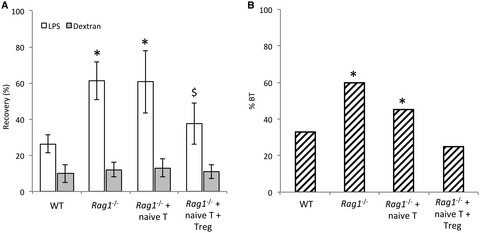
Increased intestinal permeability is key in the translocation of small bacterial antigens, which are associated with poor disease outcomes in cirrhosis.
Treg cells help maintain an improved gut barrier integrity, restrict an exacerbated pro-inflammatory Th commitment and preserve the most representative anti-inflammatory SCFAs in experimental cirrhosis.
Promoting Treg cells differentiation might prevent bacterial antigen translocation derived complications in advanced cirrhosis.




